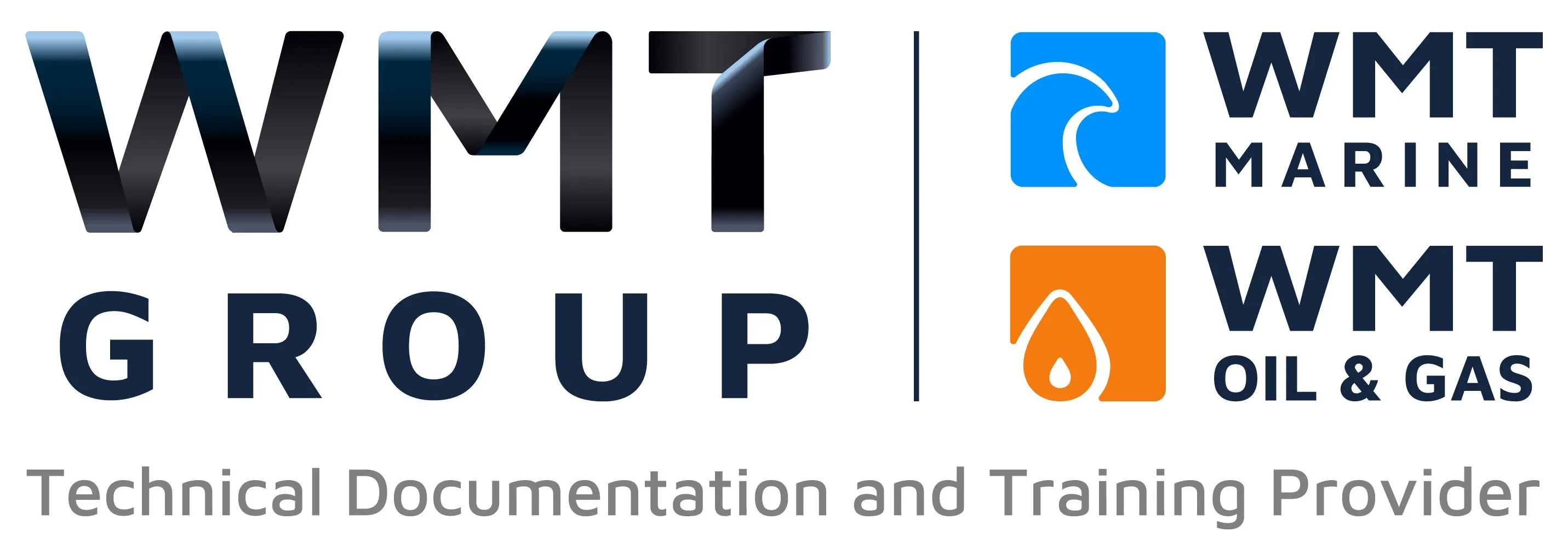How to Create Compliance Manuals for the Oil and Gas Industry

The oil and gas industry is one of the most heavily regulated sectors in the world, requiring strict adherence to environmental, safety, and operational standards. One of the key tools for ensuring compliance is a well-structured compliance manual.
In this guide, we’ll explore how to create compliance manuals for the oil and gas industry, what they should include, and why they are crucial for maintaining regulatory compliance.
Why Compliance Manuals Are Essential in Oil and Gas
The oil and gas sector operates under stringent international, national, and industry-specific regulations, including:
- Health and Safety Executive (HSE) regulations (UK)
- ISO standards (e.g., ISO 14001, ISO 45001, ISO 9001)
- American Petroleum Institute (API) regulations
- International Maritime Organisation (IMO) guidelines
- Environmental Protection Agency (EPA) requirements
A well-developed compliance manual ensures that companies meet these requirements, avoiding legal penalties, operational disruptions, and safety hazards.
Key Benefits of a Compliance Manual:
✔️ Regulatory Adherence – Ensures compliance with local and international laws.
✔️ Risk Reduction – Minimises safety and environmental risks.
✔️ Operational Efficiency – Standardises procedures for consistency and reliability.
✔️ Employee Training – Provides clear guidance for workers and contractors.
Step-by-Step Guide to Creating a Compliance Manual
1. Define the Purpose and Scope
Before drafting a compliance manual, clearly outline:
- The specific regulations your business must follow.
- The areas of operation covered (offshore rigs, refineries, pipelines, etc.).
- The departments and personnel who will use the manual.
A compliance manual should be tailored to your organisation’s needs, ensuring that it remains relevant and practical.
2. Identify Key Regulatory Requirements
Each region and operational area has unique compliance requirements. Research and compile regulations that apply to your business, including:
- Health & Safety Regulations – Occupational safety guidelines, PPE requirements, hazard management.
- Environmental Regulations – Emissions control, waste disposal, spill prevention.
- Operational Standards – Equipment maintenance, inspection procedures, emergency response plans.
- Quality Assurance & Control – ISO standards for oil and gas operations.
3. Structure the Compliance Manual
A well-organised compliance manual should be easy to navigate. Here’s a recommended structure:
📌 1. Introduction
- Purpose of the manual
- Overview of compliance regulations
📌 2. Regulatory Framework
- List of applicable regulations (HSE, ISO, API, local laws)
- Explanation of legal responsibilities
📌 3. Health & Safety Compliance
- Safety policies and risk assessments
- PPE guidelines and procedures
- Emergency response plans
📌 4. Environmental Compliance
- Pollution prevention and control measures
- Waste management and disposal
- Emissions monitoring guidelines
📌 5. Operational Procedures
- Maintenance and inspection schedules
- Drilling and extraction protocols
- Equipment handling and storage
📌 6. Employee Responsibilities
- Compliance training requirements
- Reporting procedures for non-compliance
- Code of conduct for workers and contractors
📌 7. Monitoring & Auditing
- Internal compliance audits
- Incident reporting procedures
- Continuous improvement strategies
4. Use Clear and Concise Language
Compliance manuals should be straightforward and easy to understand. Avoid legal jargon and use clear, structured language. Consider including:
✅ Flowcharts & Infographics – To simplify complex procedures.
✅ Bullet Points & Checklists – For quick reference.
✅ Case Studies & Examples – To illustrate compliance in action.
5. Incorporate Digital Tools and Accessibility Features
Modern compliance manuals should be digitally accessible to all employees. Consider:
- PDF & Web-Based Manuals – Easily updated and accessed on-site or offshore.
- Searchable Indexes – To quickly locate key compliance information.
- Mobile Compatibility – So field workers can access guidelines on-the-go.
6. Conduct Training and Awareness Sessions
A compliance manual is only effective if employees understand and follow it. Implement:
- Regular training sessions to reinforce compliance guidelines.
- Digital learning modules for remote workers.
- Compliance assessments to evaluate employee understanding.
7. Review and Update Regularly
Regulations change frequently, so compliance manuals must be reviewed and updated at least annually. Establish a compliance team responsible for:
- Monitoring regulatory changes.
- Updating policies and procedures.
- Conducting internal audits to ensure adherence.
Why Choose WMT Marine Ltd for Compliance Documentation?
At WMT Marine Ltd, we specialise in producing compliance manuals and regulatory documentation for the oil and gas sector. With over 28 years of experience, our team ensures your manuals meet HSE, ISO, API, and IMO standards, keeping your operations compliant and safe.
Final Thoughts
Creating a compliance manual for the oil and gas industry is essential for maintaining safety, meeting legal requirements, and improving operational efficiency. By following structured guidelines, using clear language, and incorporating digital tools, businesses can ensure full compliance and avoid regulatory penalties.
📢 Need expert compliance documentation? Contact WMT Marine Ltd today to ensure regulatory adherence and operational success.
